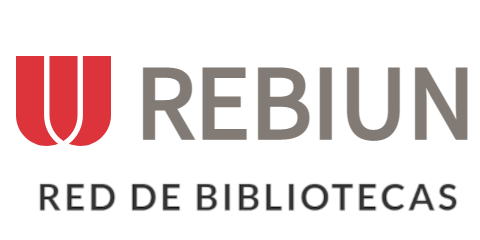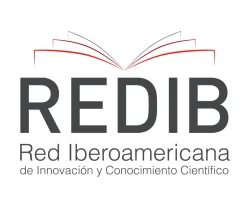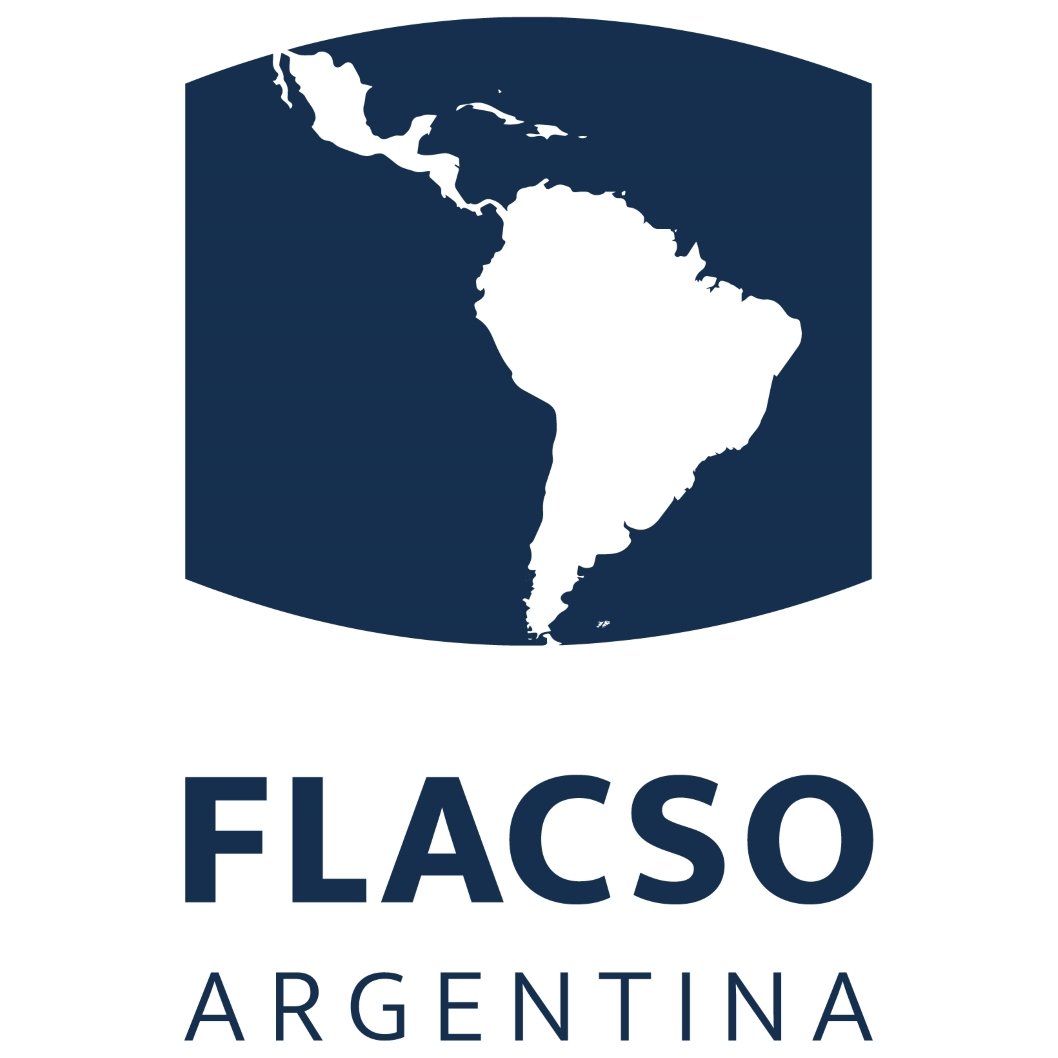Síntesis y Caracterización de Nanoaleaciones Bimétalicos de Metales de Transición (Fe, Ni)
Resumen
Nanoaleaciones bimetálicas de metales de transición han atraído una gran atención debido a sus múltiples aplicaciones tanto como catalizadores, amortiguamiento por sus propiedades magnéticas, o en áreas biomédicas debido al tratamiento del cáncer por hipertemia. En este trabajo se reportan síntesis y nanoestructuras de nanoaleaciones de FeNi. Las nanoaleaciones bimetálicas de metales de transición fueron obtenidas empleando polvos de Fierro y Níquel a una proporción de 90/10, empleando molienda micromecánica de alta energía. Las nanoestructuras de las nanoaleaciones fueron estudiadas empleando una combinación de técnicas experimentales de microscopía óptico (MO, Optical Microscopy), microscopía electrónica de barrido (SEM, Scanning Electron Microscopy). Las mediciones obtenidas de SEM permitieron observar estructuras jerárquicas de hasta 10 micras compuestas de estructuras esféricas de tamaño nanométrico.
Descargas
Citas
Ban, I., Stergar, J., Drofenik, M., Ferk, G., & Makovec, D. (2011). Synthesis of copper-nickel nanoparticles prepared by mechanical milling for use in magnetic hyperthermia. Journal of Magnetism and Magnetic Materials, 323(17), 2254–2258.
https://doi.org/10.1016/j.jmmm.2011.04.004
Carbone, S., Caruso, A. G. M., Patella, B., Miceli, R., Pellitteri, F., Caruso, M., Mandin, P., Aiello, G., & Inguanta, R. (2023). Nanostructured Ni-Fe-P Alloy for Alkaline Electrolyzer. Chemical Engineering Transactions, 100(April), 649–654. https://doi.org/10.3303/CET23100109
Cheng, G. (2015). Fabrication and characterisation of iron-nickel chain-like fibres via simple solvothermal approach. Materials Research Innovations, 19(1), 69–72.
https://doi.org/10.1179/1433075X14Y.0000000222
Chicinas, I., Pop, V., & Isnard, O. (2002). Magnetic properties of Ni3Fe intermetallic compound obtained by mechanical alloying. Journal of Magnetism and Magnetic Materials, 242–245, 885–887. https://doi.org/10.1016/S0304-8853(01)01332-4
Chicinas, I., Pop, V., & Isnard, O. (2004). Synthesis of the supermalloy powders by mechanical alloying. Journal of Materials Science, 39(16–17), 5305–5309.
https://doi.org/10.1023/B:JMSC.0000039234.58490.78
Dhanalakshmi, G., & Ravichandran, V. (2023). Synthesis of nanocrystalline nickel-iron alloys-A novel chemical reduction method. Chemical Physics Impact, 6(March), 100202. https://doi.org/10.1016/j.chphi.2023.100202
Ebrahimi, F., & Li, H. Q. (2003). Structure and properties of electrodeposited nanocrystalline FCC Ni-Fe alloys. Reviews on Advanced Materials Science, 5(2), 134–138.
Gilev, V. G., Smirnova, S. V., Karmanov, V. I., & Filimonova, I. V. (2003). Structural changes during milling of Silicon Carbide. Powder Metallurgy and Metal Ceramics, 42, 109–113.
Han, T., Xu, C., & Chen, H. (2017). Simple synthesis of novel mushroom-like FeNi3 microstructures by a hydrothermal reduction. Materials Research Innovations, 23(1), 39–42. https://doi.org/10.1080/14328917.2017.1362509
Jiang, J. Z., Lin, R., & Mørup, S. (1998). Microstructure and gas sensitive properties of α-Fe2O3-MO2 (M: Sn and Ti) materials prepared by ball milling. Hyperfine Interactions, 113(1–4), 261–267.
Kang, W. (2012). Microforging Effect on the Microstructure and Magnetic Properties of FeSiB-based Nanoflakes. Journal of Materials Science and Technology, 28(4), 303–307. https://doi.org/10.1016/S1005-0302(12)60058-9
Li, L., Cao, X., Huo, J., Qu, J., Chen, W., Liu, C., Zhao, Y., Liu, H., & Wang, G. (2023). High valence metals engineering strategies of Fe/Co/Ni-based catalysts for boosted OER electrocatalysis. Journal of Energy Chemistry, 76, 195–213. https://doi.org/10.1016/j.jechem.2022.09.022
Liu, L., Guan, J., Shi, W., Sun, Z., & Zhao, J. (2010). Facile synthesis and growth mechanism of flowerlike Ni-Fe alloy nanostructures. Journal of Physical Chemistry C, 114(32), 13565–13570. https://doi.org/10.1021/jp104212v
Nady, N., Salem, N., Mohamed, M. A. A., & Kandil, S. H. (2021). Iron-nickel alloy with starfish-like shape and its unique magnetic properties: Effect of reaction volume and metal concentration on the synthesized alloy. Nanomaterials, 11(11). https://doi.org/10.3390/nano11113034
Paul, K. T., Satpathy, S. K., Manna, I., Chakraborty, K. K., & Nando, G. B. (2007). Preparation and characterization of nano structured materials from fly ash: A waste from thermal power stations, by high energy ball milling. Nanoscale Research Letters, 2(8), 397–404.
https://doi.org/10.1007/s11671-007-9074-4
Tong, G., Guan, J., Xiao, Z., Mou, F., Wang, W., & Yan, G. (2008). In situ generated H2 bubble-engaged assembly: A oneapproach for shape-controlled growth of Fe nanostructures. Chemistry of Materials, 20(10), 3535–3539. https://doi.org/10.1021/cm800269k
Tsuchida, T. (2001). Formation of ternary carbide Fe3Mo3C by mechanical activation and subsequent heat treatment. Journal of Materials Science, 36(7), 1735–1740.
https://doi.org/10.1023/A:1017520508138
Zeng, M., Yang, H., Liu, J., & Yu, R. (2014). Gradient magnetic binary alloy nanowire. Journal of Applied Physics, 115(17), 113–116. https://doi.org/10.1063/1.4864248
Zhang, Y., Liu, C., Fan, G., Yang, L., & Li, F. (2018). A robust core-shell nanostructured nickel-iron alloy@nitrogen-containing carbon catalyst for the highly efficient hydrogenation of nitroarenes. Dalton Transactions, 47(38), 13668–13679. https://doi.org/10.1039/c8dt03033b
Zhou, J., Jiao, T., Guo, W., Wang, B., Guo, H., Cui, L., Zhang, Q., Chen, Y., & Peng, Q. (2015). Preparation of Iron-nickel alloy nanostructures via two cationic pyridinium derivatives as soft templates. Nanomaterials and Nanotechnology, 5(1), 1–7. https://doi.org/10.5772/61296
Derechos de autor 2024 Felipe Barffuson Domínguez, Rogelio Gámez Corrales, Jesús Roldán González Martínez, Olivia Alcantar Jatomea, Gerardo T. Paredes Quijada

Esta obra está bajo licencia internacional Creative Commons Reconocimiento 4.0.











.png)




















.png)
1.png)


